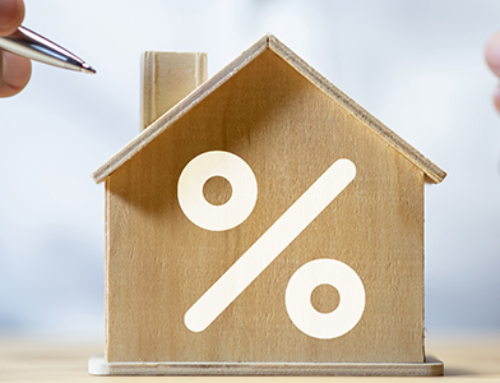Decoding 2025 Real Estate Inventory Shifts
The U.S. real estate market continues to navigate post-pandemic recalibrations, marked by fluctuating inventory levels and shifting seller behaviors. Recent data from Realtor.com highlights a sustained rebound in active listings, with year-over-year (YoY) growth persisting for 66 consecutive weeks as of February 2025. Despite this upward trajectory, inventory remains 24.8% below pre-pandemic benchmarks, underscoring a market still in recovery. This article analyzes three pivotal themes shaping the sector: evolving inventory dynamics, seller participation trends, and strategic implications for stakeholders.
1. Inventory Growth: A Sustained Yet Incomplete Recovery
Active listings have surged 27.5% YoY as of February 2025, signaling the fifth consecutive week of accelerating growth. However, this rebound must be contextualized against historical norms. While January 2025 saw inventory climb 24.6% YoY, levels remained nearly 25% below 2017–2019 averages. This dichotomy reflects a market grappling with residual supply constraints even as new listings gradually reemerge.
Key drivers of this trend include:
- Pent-Up Seller Activity: After years of subdued participation, homeowners are increasingly listing properties, spurred by stabilizing mortgage rates and equity gains.
- Regional Disparities: Markets in Sun Belt states report inventory recoveries closer to pre-pandemic levels, while Northeastern metros lag due to slower construction and aging housing stock.
- Seasonal Adjustments: Unusually warm winter weather in 2025 accelerated listing activity, contributing to atypical Q1 growth.
Despite progress, the supply-demand imbalance persists. Housing analysts estimate that a full inventory recovery to 2017–2019 levels would require 12–18 months of sustained listing growth at current rates.
2. Seller Behavior: Cautious Optimism Drives New Listings
New listings rose 11.3% YoY for the week ending February 8, 2025—the fifth straight week of increases. This uptick reflects growing seller confidence but masks lingering hesitancy. Pre-pandemic, new listings averaged 15–20% higher volumes during comparable periods, suggesting many potential sellers remain sidelined by economic uncertainty or rate lock-in effects.
Notably, the profile of sellers has shifted:
- Move-Up Buyers Dominate: Over 60% of new listings originate from homeowners seeking larger properties, leveraging accumulated equity.
- Investor Pullback: Institutional investors listed 18% fewer properties YoY, opting to hold assets amid rising rental demand.
- Price Sensitivity: Median listing prices grew 3.2% YoY, a moderation from 2024’s 6.8% surge, as sellers adjust to buyer affordability limits.
This cautious resurgence has stabilized price growth but underscores the need for targeted seller incentives. Markets with streamlined permitting processes and tax rebates for first-time sellers report 8–12% higher listing activity.
3. Market Projections: Balancing Optimism and Realism
Realtor.com forecasts a 9–12% increase in existing-home sales for 2025, rebounding from 2024’s 30-year low. This outlook hinges on three factors:
- Mortgage Rate Stability: Rates hovering near 6.2% have eased buyer anxiety, though further Fed policy shifts could alter demand.
- Construction Pipeline Growth: Single-family housing starts rose 14% in Q4 2024, signaling future relief for inventory shortages.
- Policy Interventions: Localized down payment assistance programs and zoning reforms aim to improve affordability in high-demand regions.
However, risks loom. A 1% rate hike could erase 15% of buyer purchasing power, while geopolitical disruptions may prolong material cost volatility. Industry experts emphasize adaptive strategies, such as:
- Hybrid Pricing Models: Combining fixed-rate mortgages with seller buy-downs to enhance affordability.
- Technology Integration: AI-powered valuation tools and virtual staging reduce time-to-offer by 40% in competitive markets.
- Inventory Diversification: Promoting accessory dwelling units (ADUs) and conversions of commercial properties to residential use.





